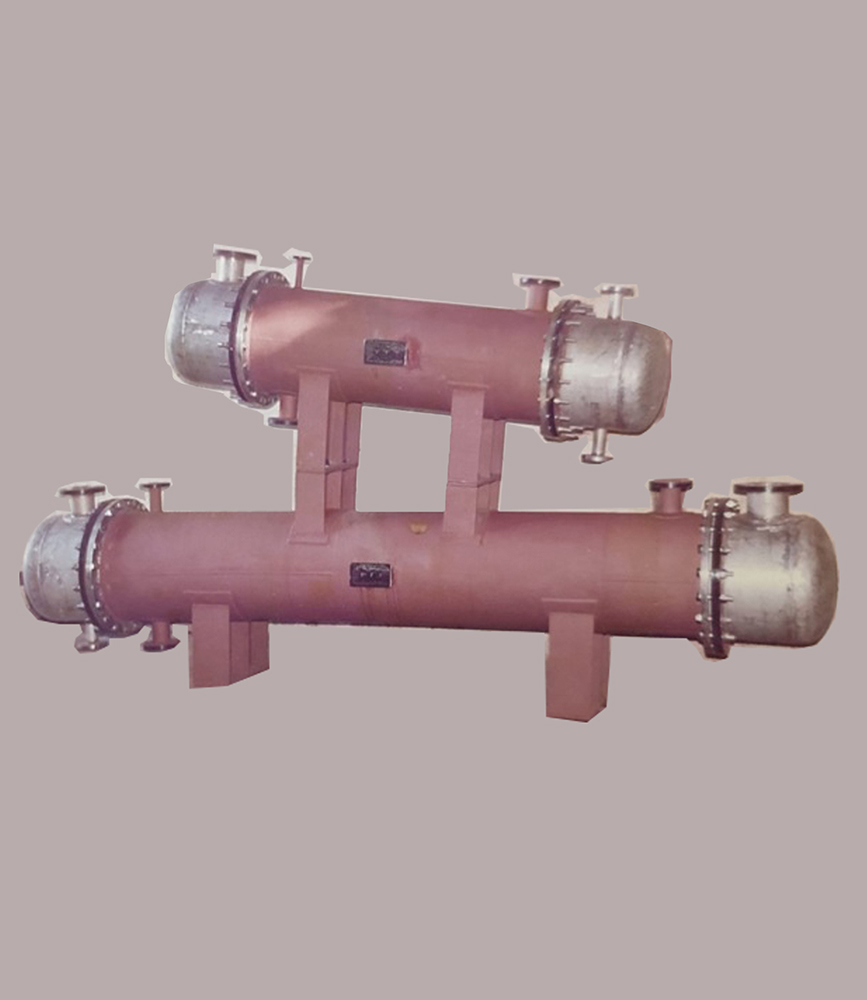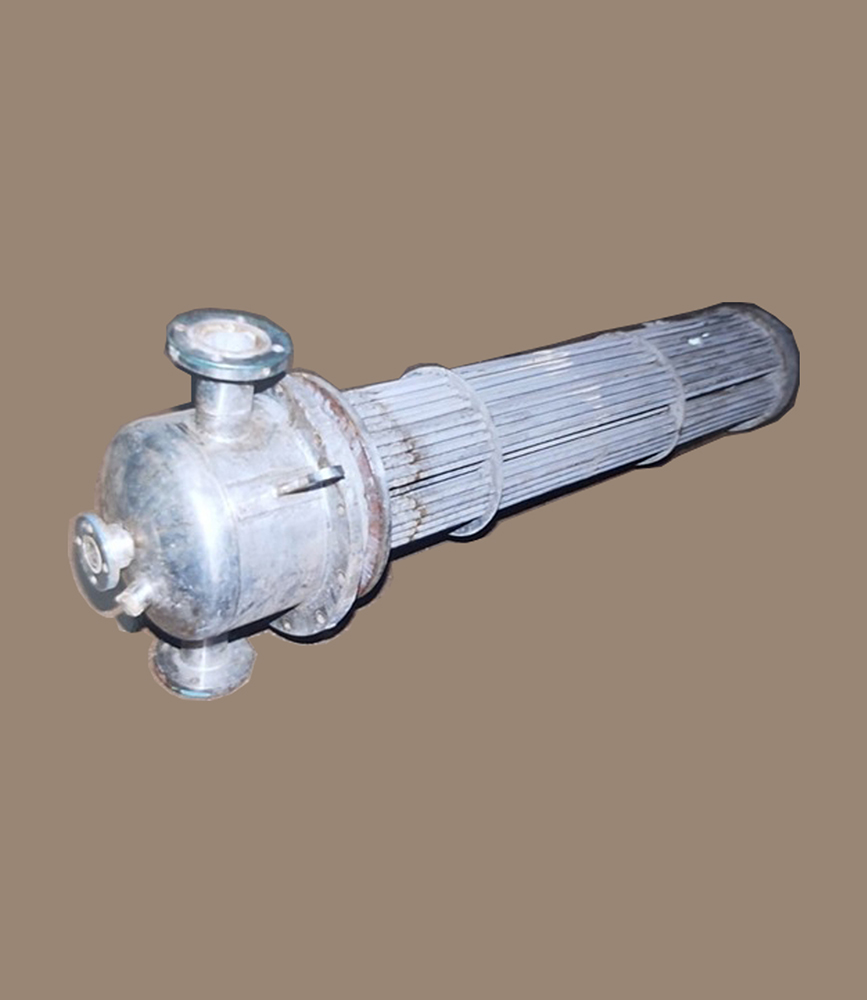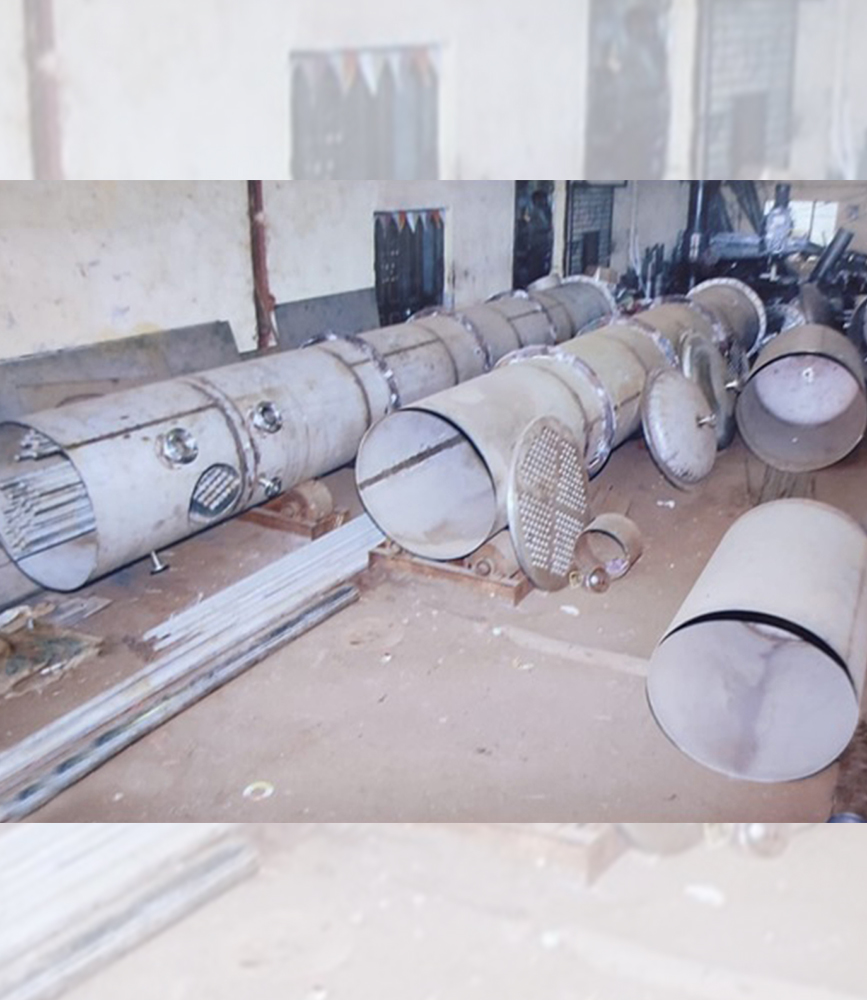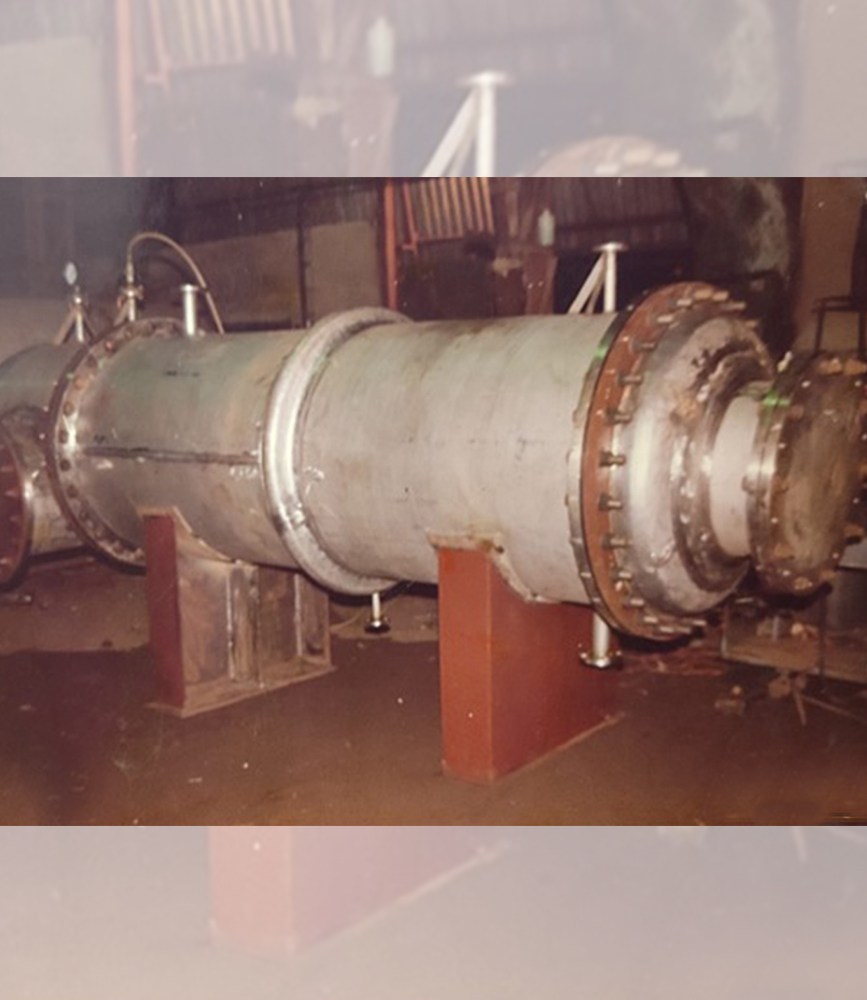- Do you need help? Here Us:
- +91 98857 04874
- mathesis@mathesis.co.in
HEAT EXCHANGERS
A Heat Exchanger is a system used to transfer heat between two or more liquids. They are used in both cooling and heating processes. The fluids may be separated by a solid wall to prevent mixing or they may be in direct contact.
They are widely used refrigeration, air conditioning, power stations, chemical plants, Pharma, petrochemical plants, petroleum refineries, natural-gas processing, and sewage treatment.
For efficiency, heat exchangers are designed to :
- Maximize the surface area of the wall between the two fluids.
- Minimizing resistance to fluid flow through the exchanger.
- Directions, which increase surface area.
- The driving temperature across the heat transfer surface varies with position, but an appropriate mean temperature can be defined. In most simple systems this is the "log mean temperature difference"
Pipe in pipe heat exchangers
Pin Type heat exchangers -double pipetype,double pipe refers to a heat exchanger consisting of a pipe within a pipe. One fluid flows through the inside pipe and the other flows through the hollow area between the two pipes. The wall of the inner pipe is the heat transfer surface. The pipes are usually doubled back multiple times as shown in the diagram at the left, in order to make the overall unit more compact.
Shell and tube heat exchangers
Shell and tube heat exchangers consist of a series of tubes which contain fluid that must be either heated or cooled. A second fluid runs over the tubes that are being heated or cooled so that it can either provide the heat or absorb the heat required.
A set of tubes is called the tube bundle.
The tubes may be straight or bent in the shape of a U, called U-tubes.
- Tube Diameter
- Tube Thickness
- Tube Length
- Tube Pitch
- Tube Corrugation
- Tube Layout
- Baffles are used in shell and tube heat exchangers to direct fluid across the tube bundle.
Plate type heat exchanger
It consists of a series of closely spaced parallel plates with fins held in between. The plates separate the two fluids which flow through passages alternately formed between the plates. It also has fins attached over the primary heat transfer surface so as to increase the heat transfer area. This improves the effectiveness of the heat exchanger. common applications of heat exchangers include steam generators, fan coolers, cooling water heat exchangers, Heater, Reboiler, Vaporizer and condensers.




